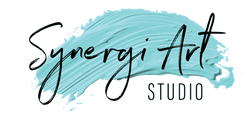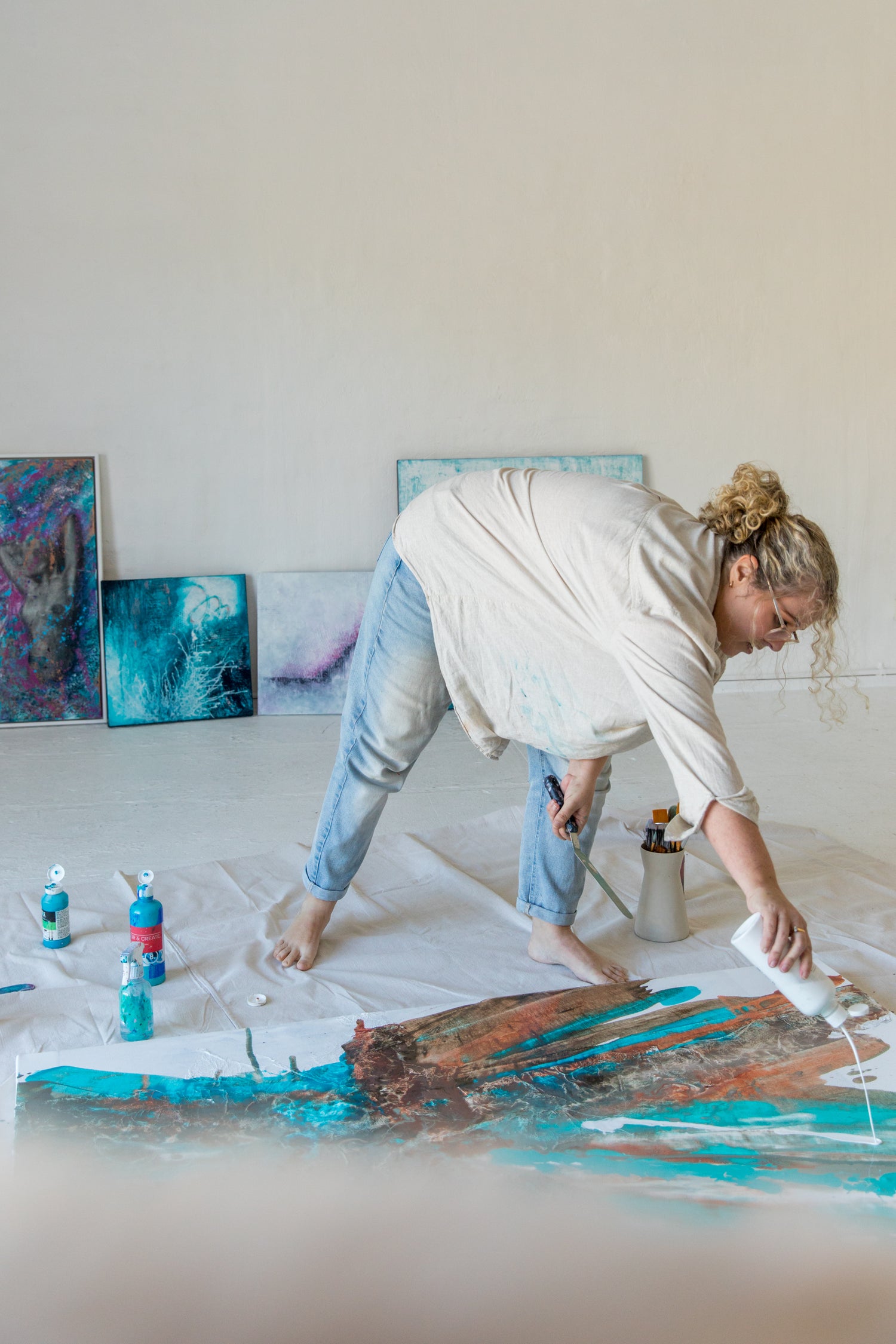Colour plays a vital role in influencing human mood and behaviour, a concept extensively utilised in both the art studio and the therapy room. Understanding the psychology of colour can help artists and therapists alike select paint colours that enhance the creative process and therapeutic interactions. We investigate the influence that various hues have on one's disposition and mental condition, and we draw parallels between the process of selecting paint colours for artwork and the process of establishing a therapeutic atmosphere.
Colours Psychological Effects
Colours are not just visual elements but are also powerful psychological tools that can affect mood, emotions, and behaviours, and specific colours generally influence our mental state:
- Blue: Known for its calming effects, blue can lower blood pressure and slow down heart rate, making it ideal for relaxation and stress relief.
- Red: This colour often increases energy levels and can stimulate excitement, passion, and sometimes aggression. It's frequently used to draw attention and evoke strong emotions.
- Yellow: Associated with happiness and creativity, yellow can uplift spirits and stimulate mental activity, although in excess, it can also lead to feelings of frustration or anger.
- Green: Often used to create a sense of balance and growth, green has a soothing effect and is considered restorative and restful.
- Purple: This colour combines the calmness of blue and the energy of red. Purple is associated with creativity, luxury, and spirituality but can also evoke feelings of melancholy.
- Orange: A blend of red’s passion and yellow’s joy, orange is generally energetic and vibrant, often used to invigorate and inspire.
Colour Choices in the Art Studio
For artists, selecting the right colours is a strategic decision that goes beyond aesthetic appeal—it's about setting the tone for the artwork and evoking the desired emotional response from the audience.
- Emotional Tone: Artists can use colours to set the emotional tone of a piece. For example, using blues and greens can create a calming, serene painting, ideal for spaces meant for relaxation.
- Focus and Attention: Colours like red or orange can be used to highlight areas of the artwork to draw viewers’ attention and guide their gaze through the painting.
- Symbolism and Association: Colours often carry cultural or personal symbolism, which artists can leverage to add deeper meaning to their work or to communicate specific messages.
Colour in the Therapy Room
In a therapy setting, the choice of colours can significantly affect the comfort and emotional state of clients, which can influence the therapeutic process.
- Creating a Calming Environment: Therapeutic spaces often benefit from the use of calming colours like blue or green, which can help put clients at ease, reduce anxiety, and facilitate a more open and relaxed dialogue.
- Stimulating Discussion: Warmer colours, such as yellow or orange, can be used strategically in areas where more lively or energetic discussions might occur, stimulating mental processes and emotional responses.
- Comfort and Safety: Neutral colours like beige, taupe, or soft grays can help create a neutral, non-distracting environment that feels safe and open for personal reflection and discussion.
The influence that various hues have on one's disposition and mental condition, and we draw parallels between the process of selecting paint colours for artwork and the process of establishing a therapeutic atmosphere.


 is here! Shop now, pay later in 4 easy installments
is here! Shop now, pay later in 4 easy installments




